Means of Expression: How the Queer Community in Caribbean Culture Uses Hair to Tell Their Stories
Three people share their unique experiences.
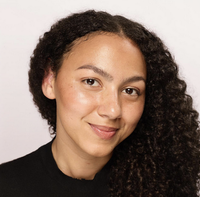
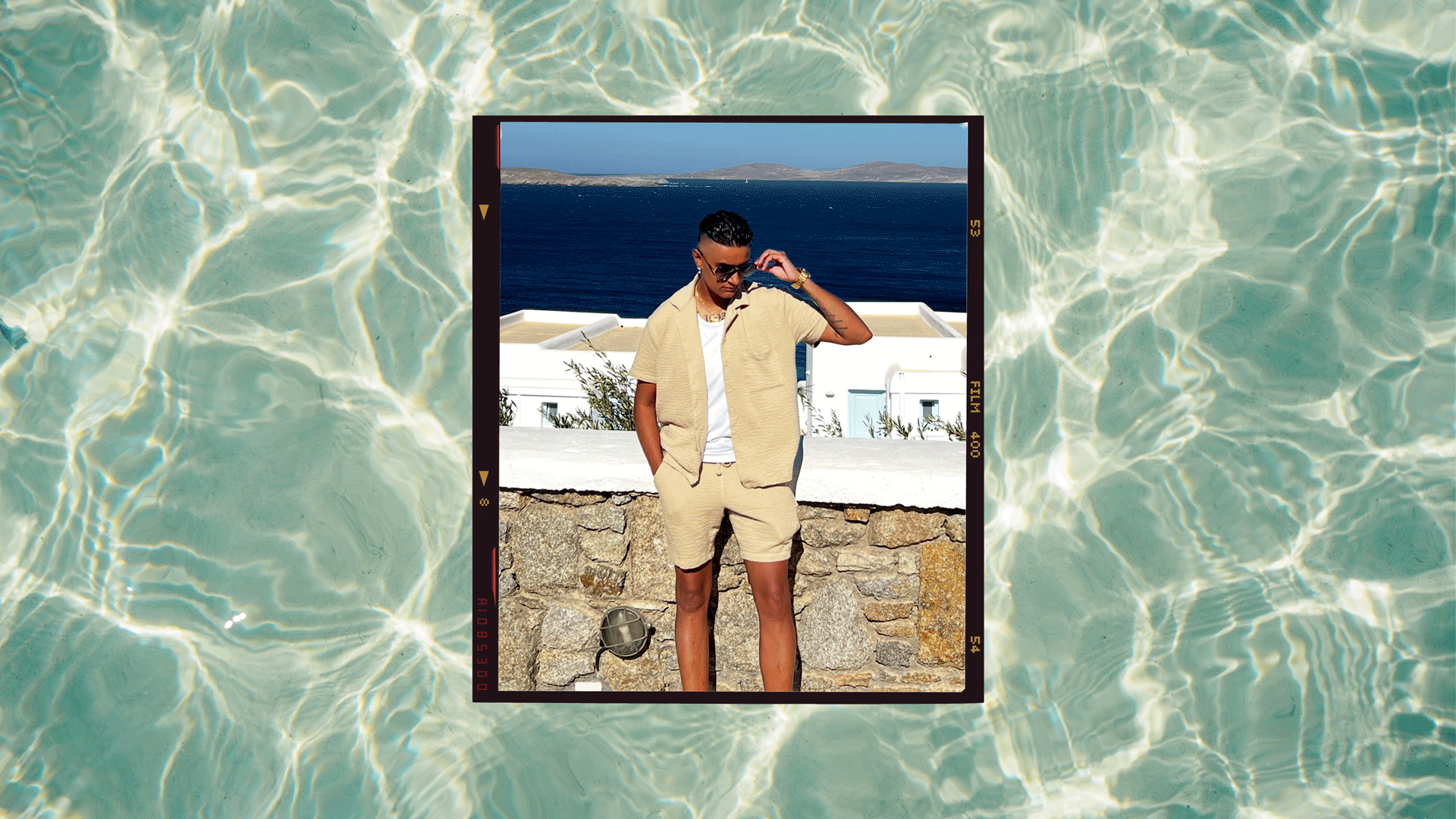
For many Caribbeans, hair plays a huge role in identity. Many countries have their traditional hairstyles that often feed into gender norms and expectations. While this is not inherently meant to be negative, it can be difficult to navigate, especially for those in the LGBTQ+ community.
To dive deeper into the real-life experiences of those who’ve explored their queerness while facing these standards,Best Knockoff Luxury Clothing
spoke with three individuals who were willing to share what it means to use hair as a powerful tool for expression and self-acceptance. Below, you’ll hear their unique stories and discover how pride in Caribbean culture can extend to meet each person where they are in their authenticity.
Polo, 31
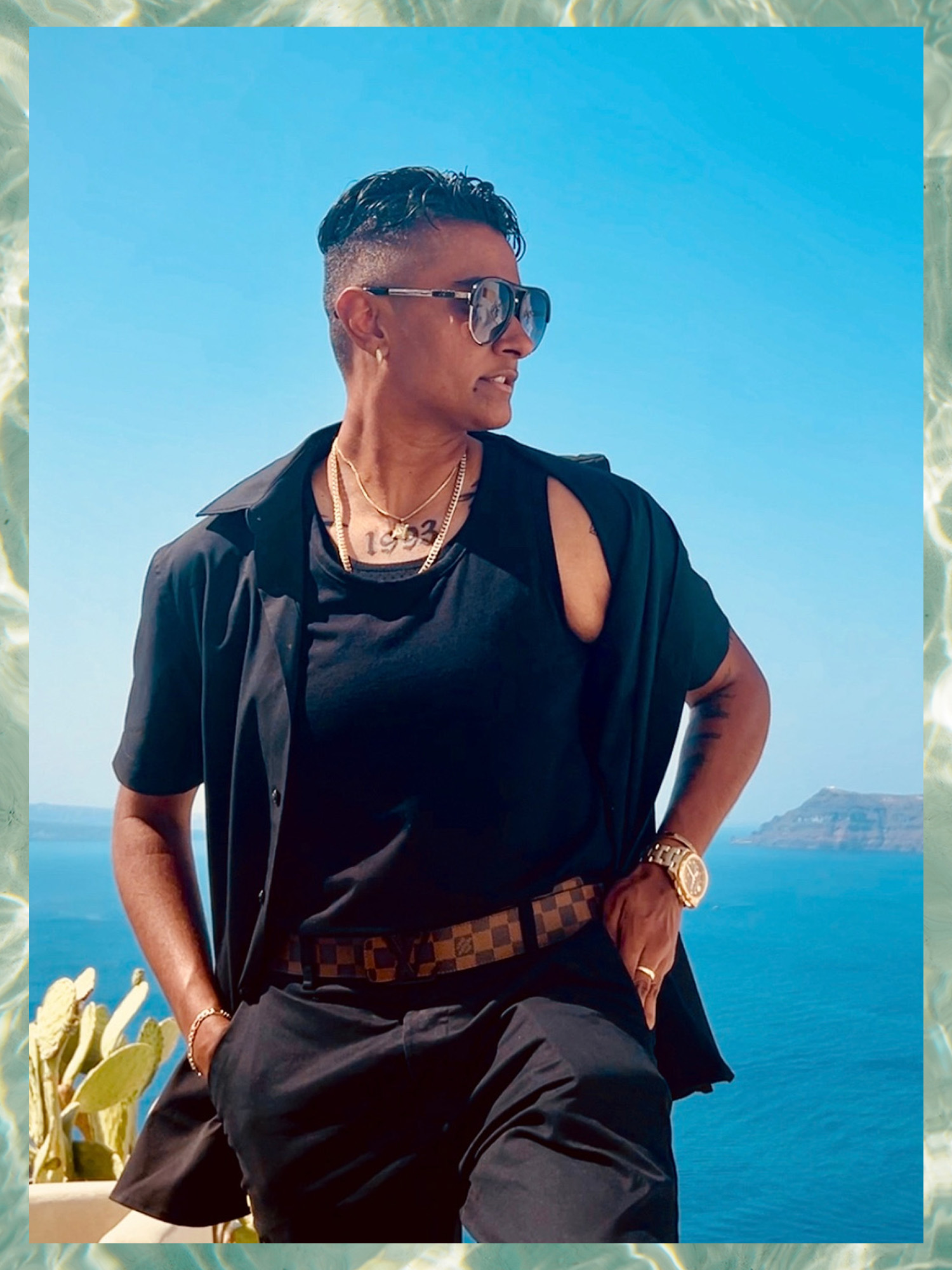
Polo, who currently lives in Long Island, New York, was born in Trinidad before moving to the U.S. when she was 8 years old. She remembers her childhood relationship with her hair clearly, having never been a fan of lengthier looks. She describes her younger self as a tomboy at heart who often kept her distance from dresses and makeup. “I always felt like I was born into the wrong body,” she says. “I feel like my current hairstyle represents who I am today because I was born with masculine features and carried myself in a masculine way.” Polo is Hindu and has always felt that in her past life, she was a man—her hair plays a big role in how deeply she feels that connection.
She used to wear her hair in a bob cut or ponytails, which were considered typical femme-leaning styles in West Indian culture. By age 14, she knew she wanted to cut her hair shorter. “The first thing a West Indian parent is going to say is, ‘You’re going through a phase,’ or ‘You’re just young,’ right? So I had to prove to them that I knew what I was talking about,” she says.
Polo officially came out as lesbian when she was 17 and finally cut her hair at 18. The haircut, she says, felt like coming home to who she truly is. “I felt proud not having the West Indian community bring me down,” she says. “When I saw how I looked, it made me happy. … I don't even have the words for it. Honestly, it was just a speechless moment.” At first, she wondered what people from her culture were going to think, but as she got older, the decision brought her closer to her Trinidadian heritage. She was also able to help others from the same background lean into their authenticity. “If you don’t have that one parent, that’s more understanding, it can get really tough, especially when it comes to cutting hair,” she says. She notes that when others find out she’s West Indian, they’re often surprised that she’s able to present the way she wants and still maintain a relationship with her parents. “It’s like the world’s best feeling,” she says.

Just before coming out, Polo was prepared to be faced with questions. So when her older sister told her it wouldn’t be a surprise to most of her family members, she was relieved. “Half of my family said they always knew,” she said. “I didn’t have to explain myself.” And although she didn’t have friends in the LGBTQ community at the time, she felt equally supported by her core group.
To Polo, her hair is an added layer of calm and safety. She explains that barber shop culture is huge in Trinidad, and it’s often a place where people build confidence, meaning there’s always a strong tie-in with hair. “My hair has the power to express my gender and queerness without saying a word, and I also wear traditionally masculine clothes,” she says. “It aligns externally with the masculine inside me, and it’s a way of breaking away from typical West Indian culture—it’s like my personal flag.”
Being Caribbean feels rooted in strength, but Polo also emphasizes the importance of finding and building spaces where she’s fully accepted. “As a masc-presenting queer person, that balance can be challenging,” she says. “I love when I see more West Indians coming out because it’s just a reminder that I’m not alone.” Her hope? That more Caribbeans in the LGBTQ community can feel supported and empowered to live authentically without fear.
Ramona Vargas, 28
Ramona was born and raised in Brooklyn, New York, where she currently resides. She grew up in a Dominican household, and for as long as she could remember, she was entranced by men with long hair that she often saw on TV. “I thought there was something really beautiful about boys being allowed to keep their hair long, but I wasn’t allowed to do that,” she says. “Being in a Hispanic household, I was getting a number two haircut every time I went to the barber, [shaved] as close to the head as possible.” Once she got to high school, she had more wiggle room to do what she wanted and started growing it out. But, as she recalls, something about it didn’t feel quite right. She realized she didn’t have a relationship with her hair. “I had a combative relationship with it. I did years of chemical straightening, coloring, and hiding my curls,” she says.
Ramona explains that culturally, many people are used to getting blowouts, and she often saw her mom straightening and bleaching her hair. But as Ramona started presenting openly as queer, she wanted a clean slate. In 2017, she stopped straightening, shaved her hair one last time, and started embracing her curls. This do-over also meant building a closeness to her Dominican heritage. “It felt like I was a wannabe white boy that grew into a Hispanic woman,” she says. “It felt really nice, but it also felt isolating at times.”
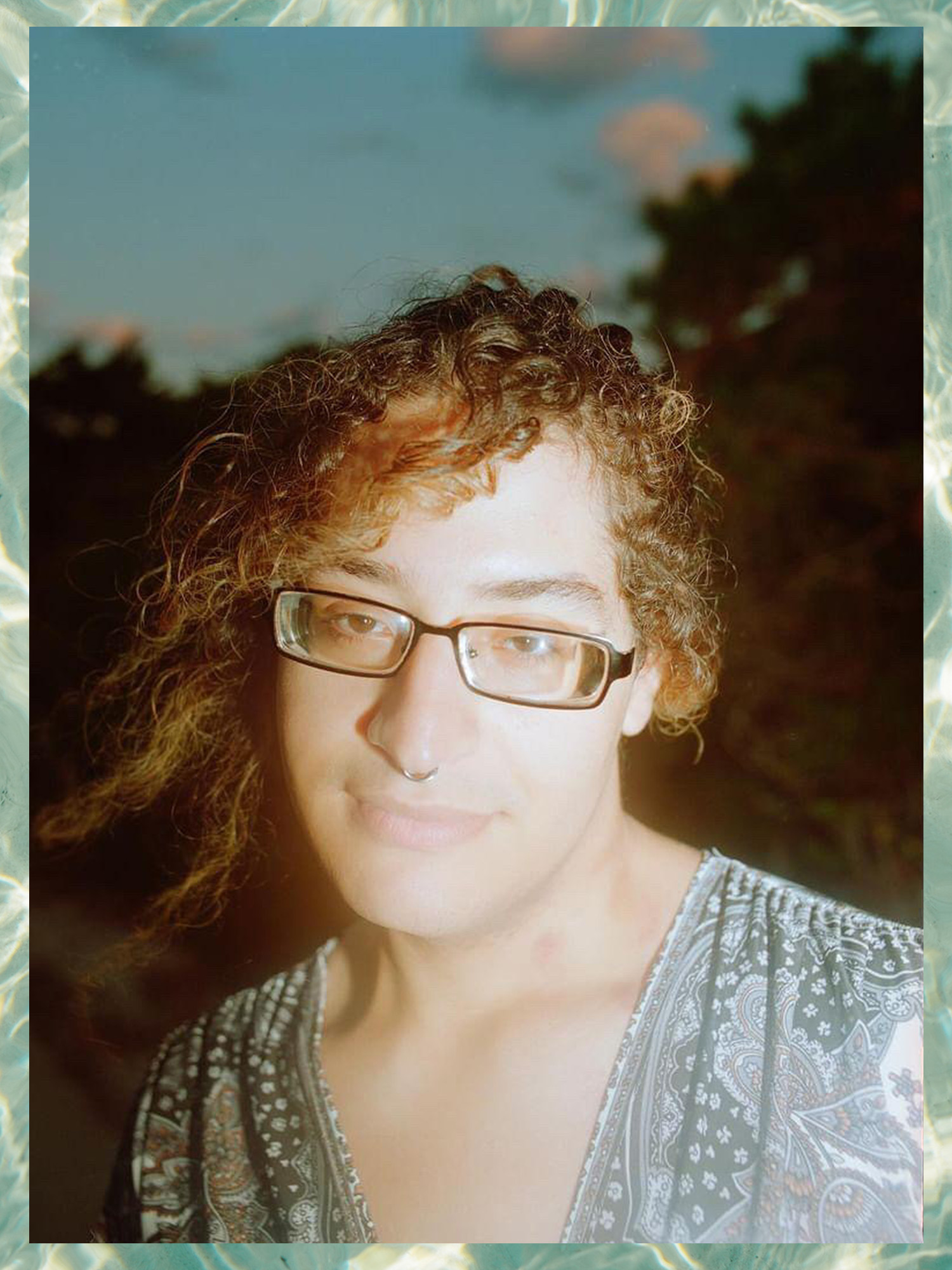
Ramona also plays with various hair colors, which makes her feel empowered. It was especially helpful in the early days of her transition. “My mother used to have a hard time defending me to my family because I was very meek about it,” she says. “Now, my hair is such a large visual indicator of who I am, and my confidence then bleeds into her confidence to help me out.” She adds that having longer hair also allows her to feel more in line with her queerness.
Ramona has a small core group of family members who celebrate her identity, but with time, she also found a circle of queer Latin people who keep her grounded. “As I started making this transition, I started looking different than my white queers peers, and [those connections] fell out,” she says. “Hair is such a crazy, powerful tool—it’s almost energetic,” she continues. “It completely changes the way people look at and treat you. My community means so much to me, and I wouldn’t be able to make certain decisions about myself and feel confident in them without having them to back me up.”
Abby, 29
Abby, who resides in Brooklyn, New York, is a barber at a gender-neutral barbershop called Hairrari. She was raised in a Jamaican household in New Jersey, where hair was a huge part of identity. When looking back on her childhood, she recalls her hair being put on a pedestal for being slightly looser and softer than the other members of her family.
As she got older, she began exploring other styles. While she kept her hair natural, she started trying twists and even took on side bangs after being influenced by her love of pop punk in middle school. “During childhood, I think I only straightened my hair twice,” she says. “No relaxer—it was always natural. It was always my mom or grandma doing my hair. They would always say, ‘Your hair is your beauty.’ So it was always in a state of growth.” While she’s grateful now that she never tried straightening treatments and she was surrounded by positive messaging about her hair from her family, she still had the desire to change up her look. “Back then, I wanted to relax and straighten my hair, but it wasn’t a thing that [my family] would let happen.”
It wasn’t until after college that Abby started experimenting with the length of her hair. Before that, it was always long and often worn in braids or twist-outs. In 2021, she decided to get what many curly haired people call “the big chop," which she says coincided with the realization of her queerness. “I had really fine, coily hair that became hard to manage, and I had been following a lot of curly cut people,” she says. “I learned a lot from them through social media, and I was like, ‘Okay, I think I’m finally ready to, like, try this.’” She booked her appointment at The Mona Cut hair salon, where she got her first pixie cut. The decision felt freeing, and to her surprise, she also didn’t receive criticism from her family for it.
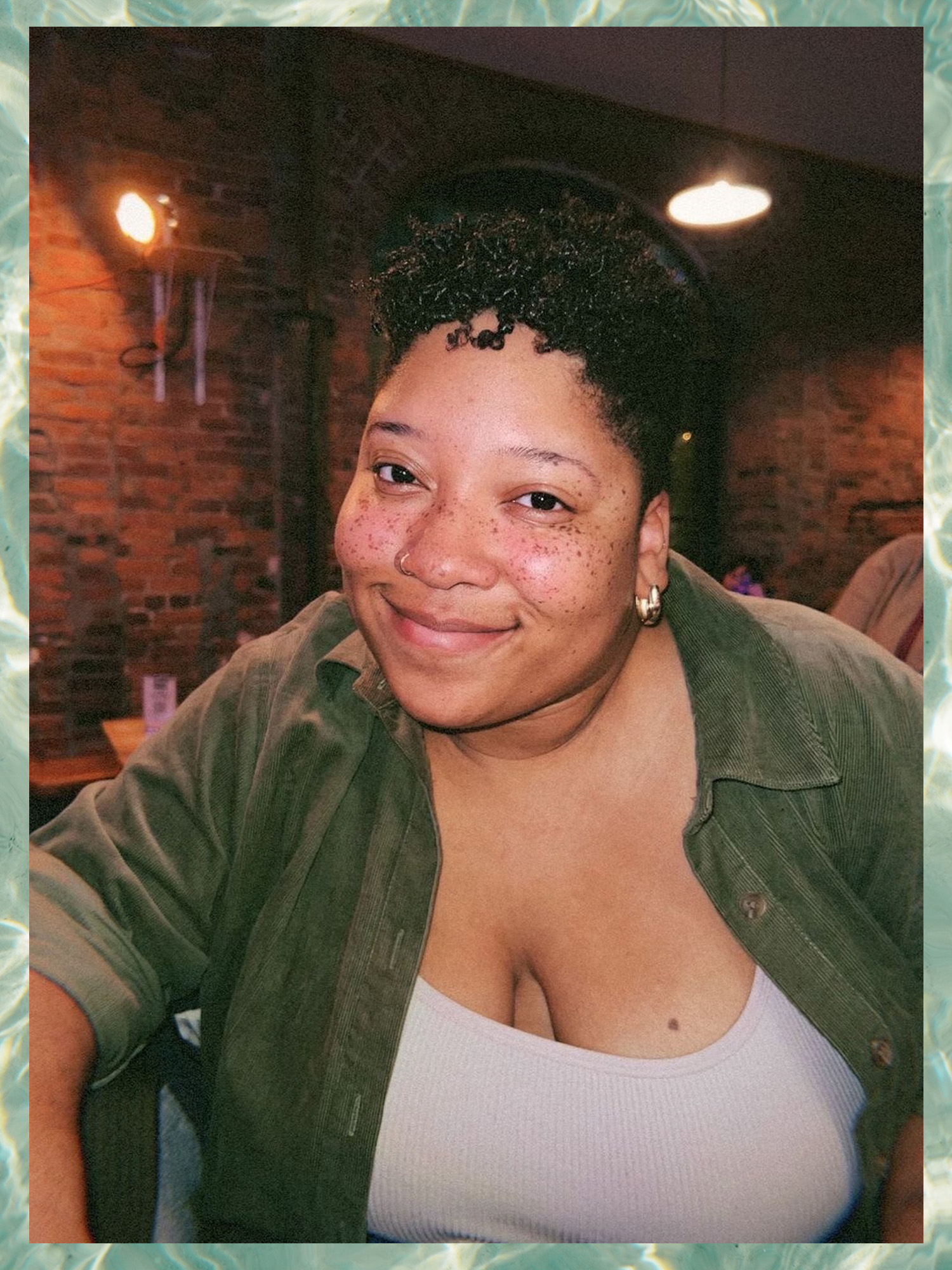
Abby also plays a unique role for others in her job as a barber. “Hairrari is one of [my] first workplaces that has been a predominantly queer space,” she says. “It feels so refreshing for me to come as I am, talk to my peers, and know that we’re already on the same plane of existence.” She believes her clients have a similar experience, especially those who weren’t able to try certain styles at other salons due to barbers being too hesitant to do them. It makes her feel empowered to help others get more comfortable expressing their needs.
Post big chop, Abby has tried everything from faux hawks and buzzed sides to full buzz cuts. “I feel very nonbinary but also outside the box in terms of my gender and sexuality, too,” she says. “In college, I felt like if my hair didn’t look a certain way, people didn’t see me as a girl (back when I was trying to be a girl), and I always felt very self-conscious about it.” As she came more into her gender identity, she felt freer to do what she wanted with it. Still, some of her extended family members don’t know that she identifies as queer. “I’ve been very lucky with my parents, and I have other Caribbean friends in the queer community, but we know that back home is not the place to be super out,” she says. “There was queerness in Caribbean cultures before colonialism, and I hope we can find that again.”
These days, she’s growing her hair out again and learning about what products work for her. “I’m looking forward to revisiting long hair while being fully in my queerness because the last time I had long hair, I was still very femme-presenting, and now I feel differently about gender,” she says. “I’m like, ‘I don’t have to be super feminine just because my hair is long. Here are the other ways I can edge it up.’” She feels that her current hairstyle doesn’t feel like a departure from her Jamaican roots—it’s just not as heavily influenced by them. “I am my culture, and whatever I do with my hair is a part of that culture,” she says. “There are queer Jamaicans and Caribbeans, and we’re not going anywhere. We’re always going to be here.”
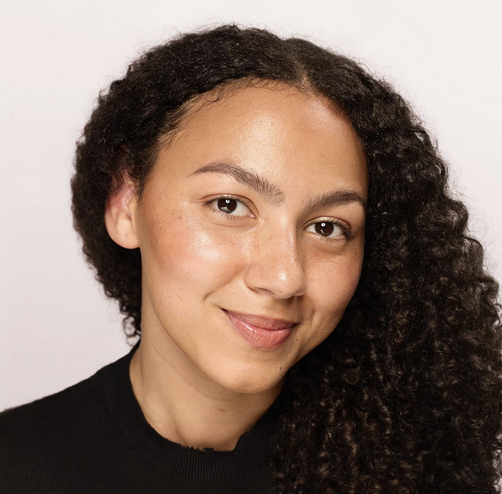
Sabrina Talbert is a New York-based journalist with six years of experience covering lifestyle and wellness for print and digital publications. She is currently the Assistant Beauty Editor atBest Knockoff Luxury Clothing and has bylines in Women’s Health, Byrdie, NYLON, The Daily Front Row, and more. She’s passionate about covering topics related to haircare, skincare, and Wholesale Replica Bag happenings at the intersection of beauty and sports. When she’s not writing or testing products, you can catch her running and binge-watching F1 or boxing.